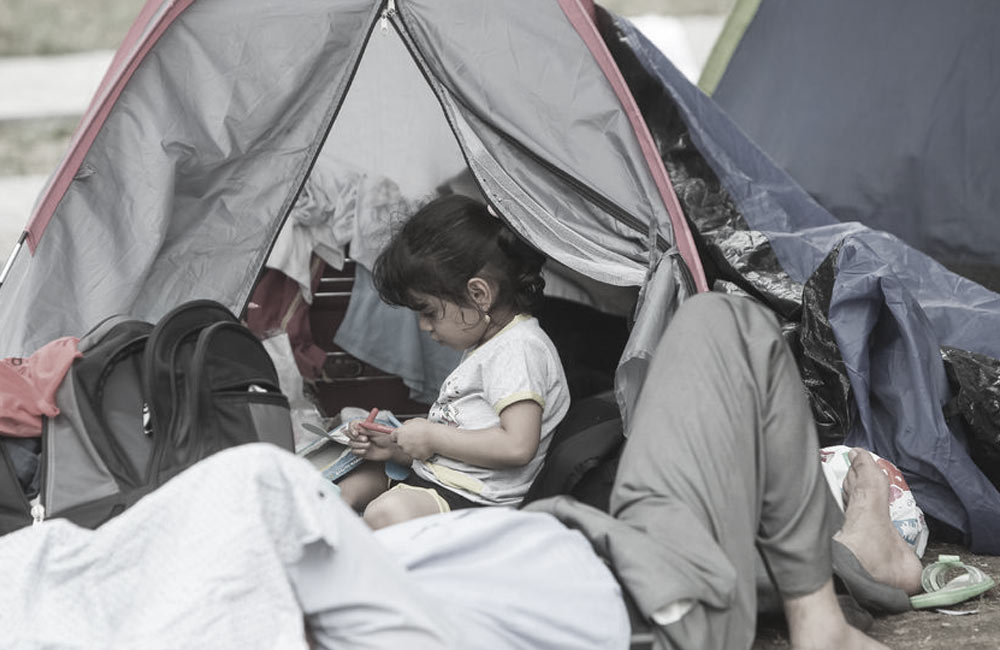After the fall of the Communist system, migration experiences in Central and Eastern Europe (CEE) intensified and diversified. Typical to these migrations was that it included people from all over the world, from west and north and east and south. Since most of the post-communist countries did not have well-developed migration policies, CEE became an intently diverse field where people of all sorts with a variety of aspirations arrived and left. The “Yugoslav Wars” challenged some of the Balkan countries to experiment with asylum-seeking and refugee services.

Another significant event regarding migration experiences in CEE was the enlargement of the European Union with new, former communist member states. This resulted in substantial labor migration from CEE to Western Europe, especially from Poland, Romania, and Bulgaria, but now also from Hungary and other countries.
The consequences of the “Arab Spring”, especially the complex wars in Syria, intensified the refugee question. Also the fragility of the internal political situation in a number of CEE countries – with growing right wing tendencies targeting the “foreigner” (read e.g. Roma people, Muslims, and Arab) in their rhetoric – add to these complexities.
Study group convener: Dorottya Nagy
